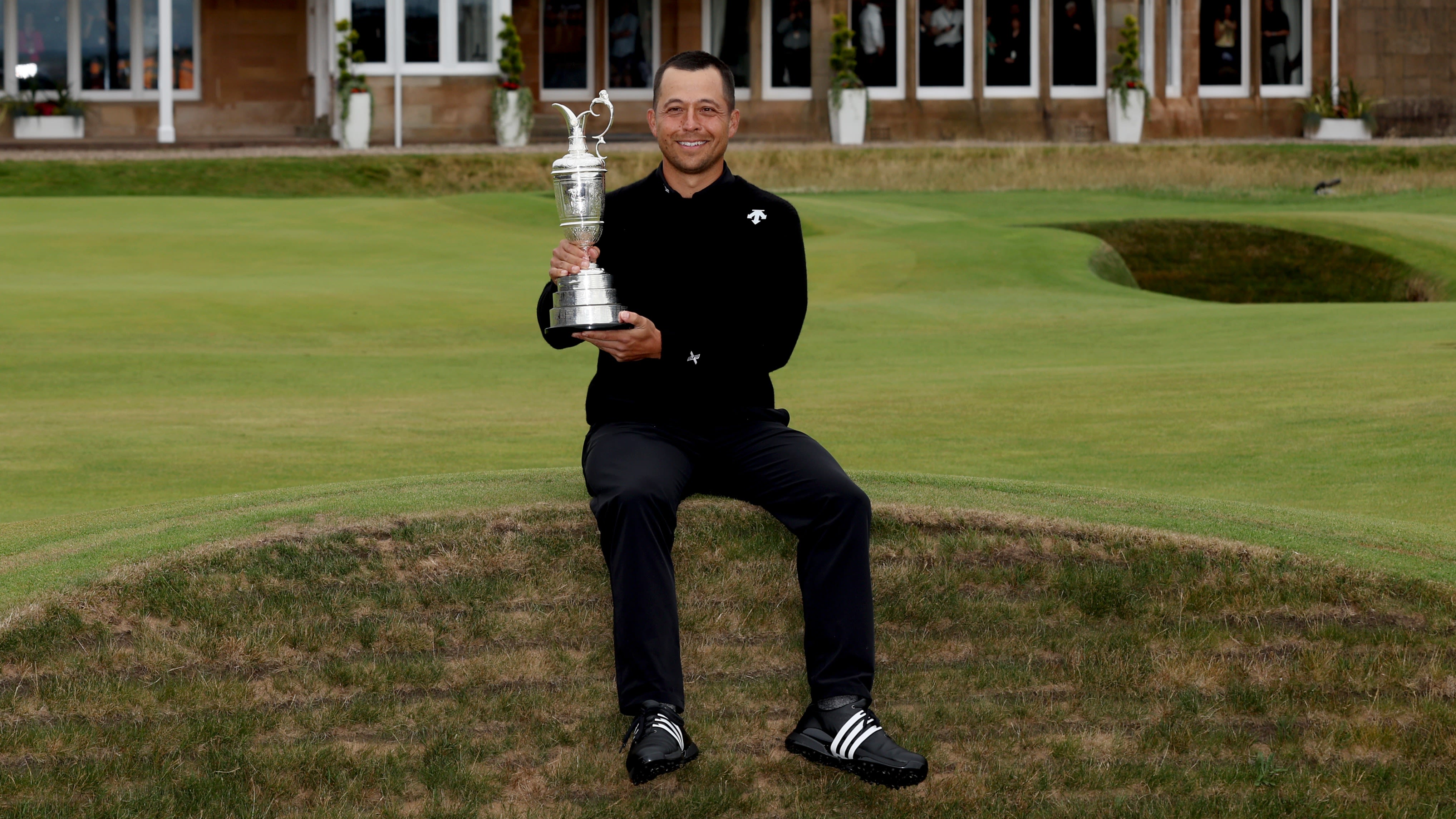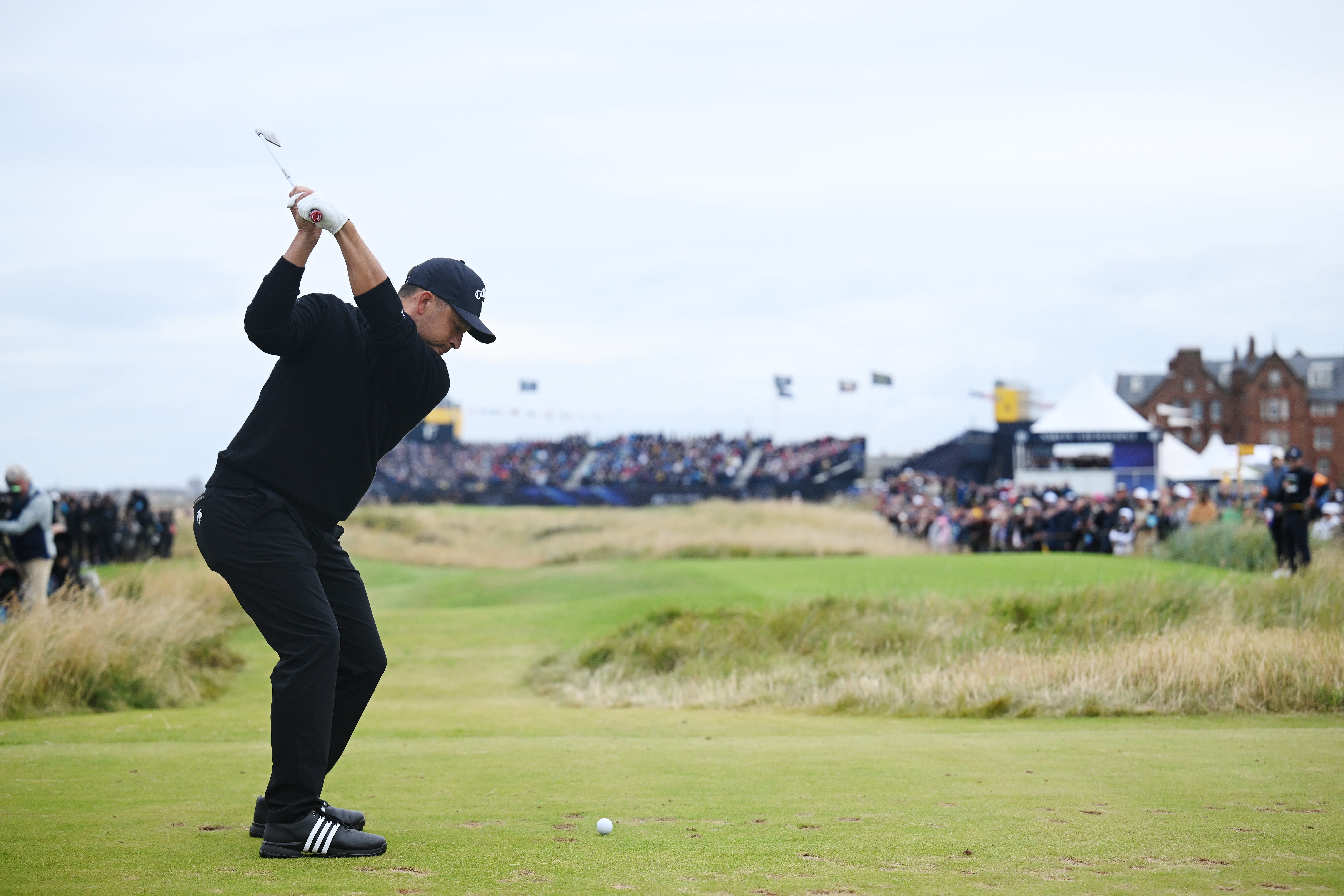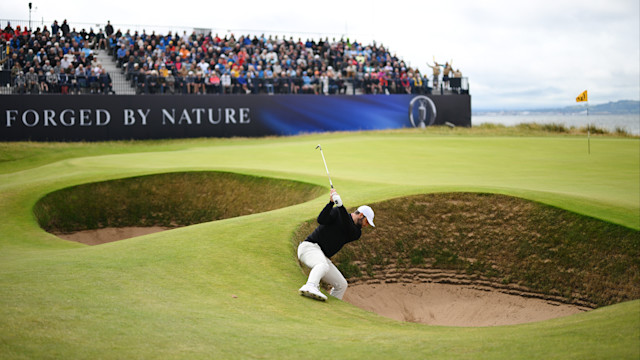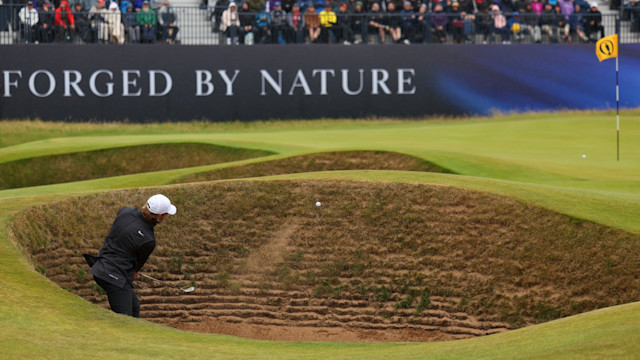quick coaching
Two Swing Tips You Can Learn From Xander Schauffele
By Ryan Adams, PGA
Published on

In what was perhaps one of the truest examinations of skill in recent memory, the 2024 Open Championship delivered.
And the newest Champion Golfer of the Year passed Royal Troon's grueling exam with flying colors.
That'd be Xander Schauffele, who surged to the top of the leaderboard with a scintillating 65 to capture his second Major Championship of the year at The Open, winning by two shots over Justin Rose and Billy Horschel.
It comes on the heels of Schauffele's first major title this past spring at the PGA Championship, a weight off the young Californian's shoulders as evident by his poise and calmness through the testy second nine of Royal Troon. It was there during the final round that it became more and more apparent who would be hoisting the Claret Jug: Schauffele.
There's a lot we can learn from such a well-executed performance.
Good shots start with good fundamentals
One of the things that's most impressive about Schauffele so far this year is his repetition of solid basics. Grip, setup, posture, aim . . . it's all completely dialed-in before he pulls the trigger on any shot.
Take a look at this analysis from Justin Kraft, PGA, and you'll see what we mean:
Let's focus on Xander's setup, mainly his posture and aim. Try this the next time you head to the range:
1. Take your stance and then drop your club to the tips of your shoes. Back up behind your ball. Is the club where you wanted to be aiming?
2. If it was, great. If not, adjust to your target. Now your stance is set. Take another club, align to the club on the ground and take your stance like you'll hit. Put the second club across your shoulders. Is it where you want to be aiming? A thing to note on your shoulders: you should be able to see your front shoulder out of your peripheral vision of your eye closer to the target. If you can't, it's likely because your shoulders are open . . . and set up for a slice.
3. Now that your stance and shoulders are square, it's time for posture. Stand up straight, with feet aligned to the club on the ground. Take your hand and push your waist at your beltline so your hips and behind move back. From there, bend slightly at the knees. You should feel athletic, arms hanging naturally and in a good position to strike. A lot of postures are too rounded, or have too much knee bend.

These two parts are critical to hitting good shots. If things are feeling off in your swing, remember these tips; it's likely something is off in your fundamentals that's causing the issue.
Find your go-to shot
Xander's Open Championship performance was marked by an insane 19 shots in Strokes Gained, which was first in the field at Royal Troon. 19!!! That's in a field with the world's best players! One key that led to that number is how Xander relied on his fade to get him through the gauntlet.
A lot of times, golfers believe they'll hit the ball dead-on straight with no curve at all. Or that they need to manufacture a draw when they hit a fade, or vice versa find the fairway and avoid trouble. Most of the time, you can hit the shot shape you feel most confident in and be OK.
Try this strategy:
1. Tee up on the side of the tee box where you want your ball to land, allowing your natural shot shape to curve the ball back to your target. The margin of error increases, too, since, if you hit a halfway decent shot, your ball will be in the rough just off the fairway left or right of your target versus having it curve further into trouble.
2. On approach shots, think about the same thing but instead think about curving the ball away from trouble. Aim between the trouble and the flag, so if your ball flies straight, it finds the middle of the green. Check out Xander here during Round 2. He's aimed to play for his go-to shot:
3. This is key. It is absolutely imperative that if there's two things you do on each swing (after your fundamentals are set, of course) that you make a full turn and full finish. If either doesn't happen, your ball won't make it's natural curve. We saw it with Xander at Royal Troon. Even on the tightest tee shots, he didn't hold back with his turn or his finish.
4. A full turn means your back facing your target, with your weight feeling like it's in your back foot heel. A full finish means swinging all the way through the ball and not stopping to manufacture something. Trust your swing and let it fly. More likely than not, since you made a full turn and finish, you're in for a decent result.
Remember, the best players in the world like Xander practice their fundamentals and their go-to shots over, and over, and over, and over again. Both pieces build a strong swing foundation and give a golfer confidence. Once you've got a solid foundation set up, good scores are on their way!


